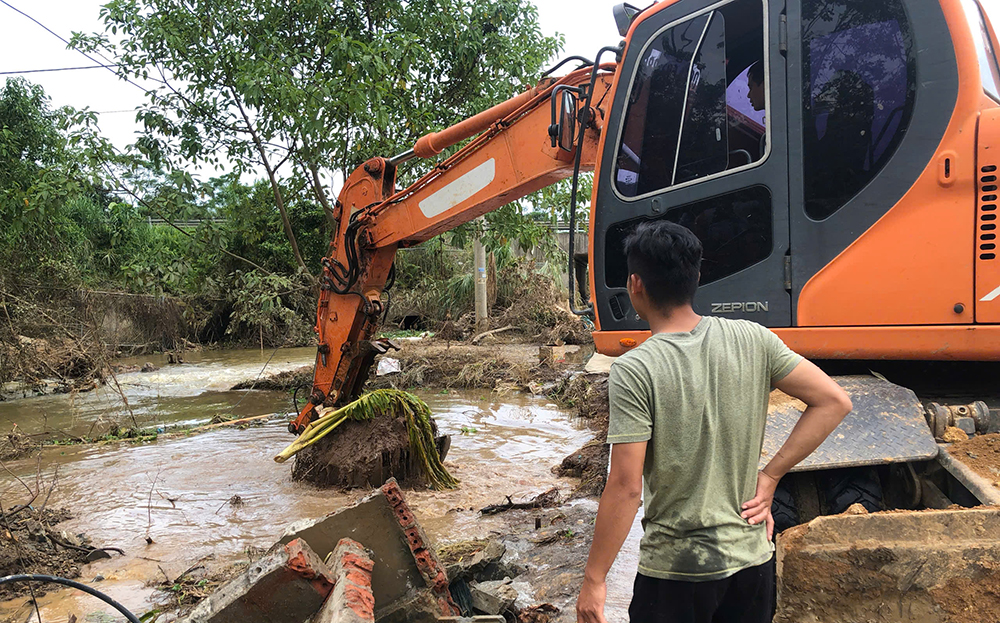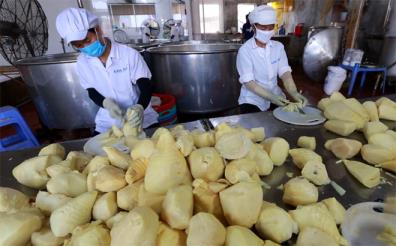Restoring Aquaculture After Natural Disasters
- Wednesday, October 2, 2024
YBO - The impact of Typhoon No. 3's tropical cyclone has caused over 1,000 hectares of aquaculture in Yen Bai Province to be flooded, breached, and have dike breaks; nearly 300 fish cages were affected, with estimated damages of about 41.5 billion VND.

|
|
In Minh Quan Commune, Tran Yen District, residents have been clearing irrigation canals and cleaning their fish ponds in preparation for restocking.
|
Other news

With the aim of advancing the development and application of biotechnology in environmental protection linked to sustainable development in the province, the People's Committee of Yen Bai has issued a plan for implementing the project on the development of biotechnology industries in environmental protection until 2030.
.jpg)
Yen Bai has experienced a promising start to 2025 in the area of investment attraction. According to the latest data from the Provincial Statistics Office, the total investment capital into the province in the first quarter of 2025 is estimated to have reached VND 3,447.256 billion, marking a notable increase of 9.41% compared to the same period last year.

The economy of Yen Bai Province has demonstrated remarkable growth in the early months of 2025, with Gross Regional Domestic Product (GRDP) increasing by 9.58%. Notably, the industrial sector experienced a growth rate of 13%. As 2025 is deemed the year of “acceleration and completion,” the province is determined to comprehensively achieve the goals and tasks set for the year as well as those of the 19th Provincial Party Congress Resolution.

In the first quarter of 2025, industrial production in Yên Bái continued to maintain a steady growth pace.



